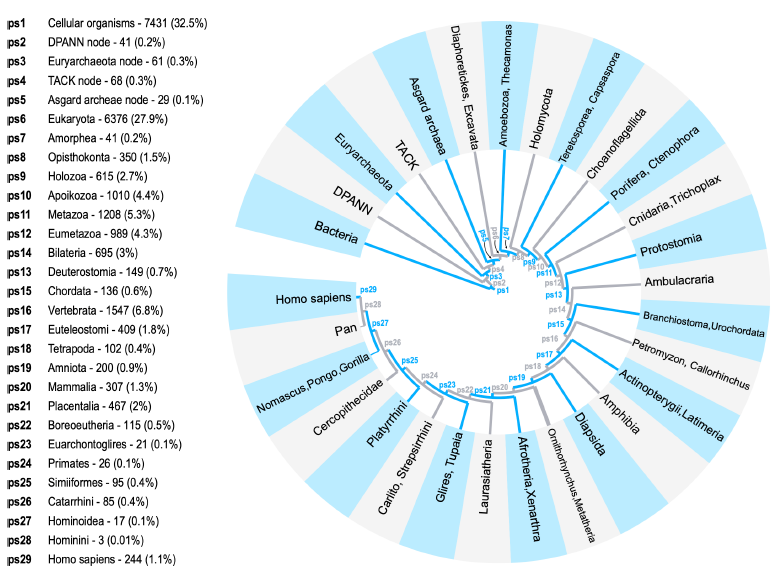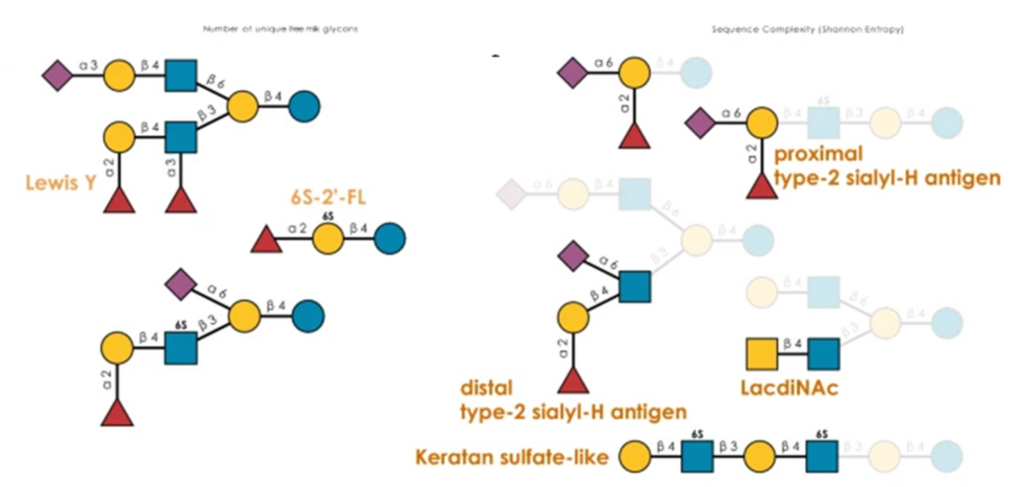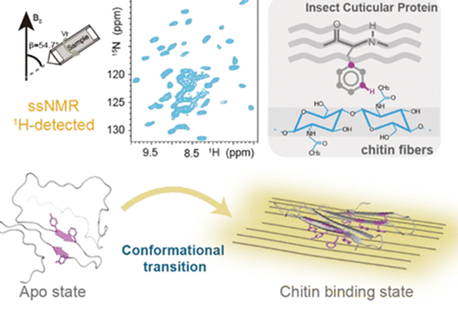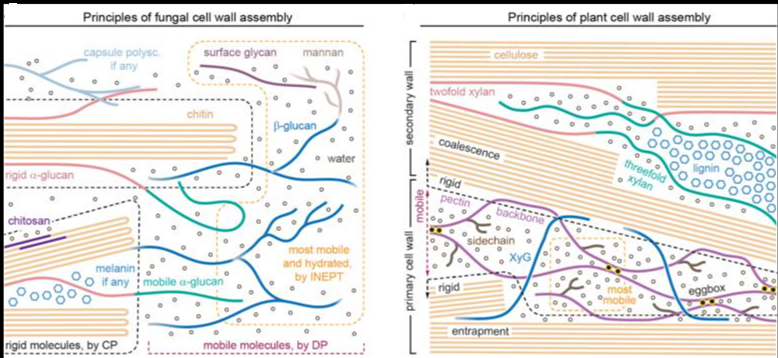Based on coding mutations and splicing variants, post-translational modifications add a final layer to protein diversityat developmental and physiological timescales. Although protein glycosylation is one of the most common post-translational modifications, its evolutionary origin remains largely unexplored. Here, the authors performed a phylostratigraphic tracking of glycosylation machinery genes and their targets — glycosylated proteins — in a broad phylogenetic context. Their results show that most human glycosylation machinery genes trace back to two evolutionary periods: the origin of all cellular organisms and all eukaryotes.

This indicates that protein glycosylation is an ancient process likely common to all life, further elaborated in early eukaryotes. In contrast, human glycoproteins exhibited prominent enrichment signals in more recent evolutionary periods, suggesting an essential role in the transition from metazoans to vertebrates. Focusing specifically on the N-glycosylation pathway, the authors noted that most N-glycosylation genes acting on the cytoplasmic side of the endoplasmic reticulum (ER) trace back to the origin of cellular organisms. This sharply contrasts with the rest of the N-glycosylation pathway, which is oriented toward the ER lumen, where genes of eukaryotic origin predominate. The authors also identified an analogous binary evolutionary origin of glycosylation machinery genes in the Golgi. They discuss these findings in the context of the evolutionary emergence of the eukaryotic endomembrane system and propose that the ER evolved through the invagination of a prokaryotic cell membrane containing an N-glycosylation pathway.




